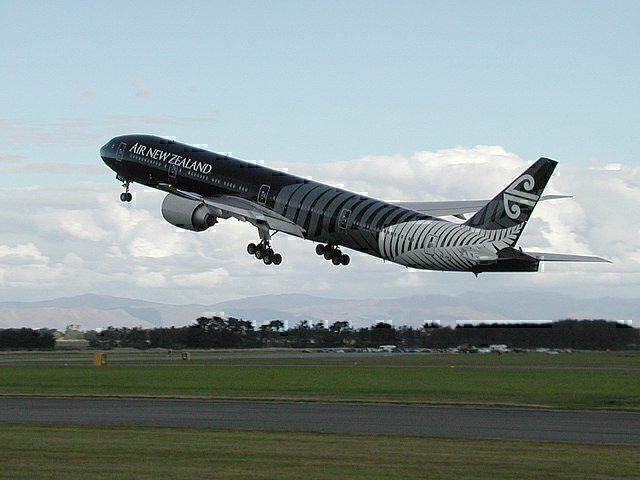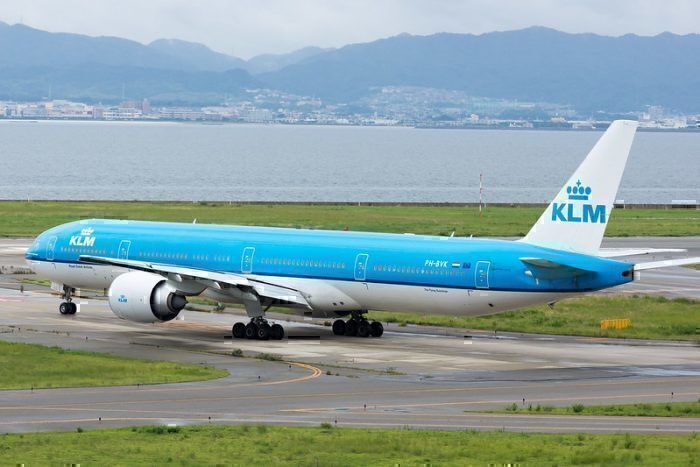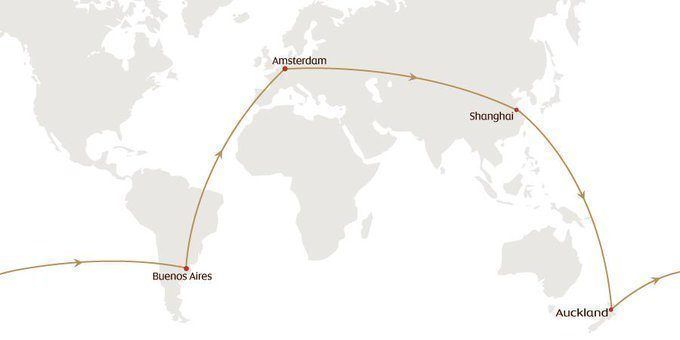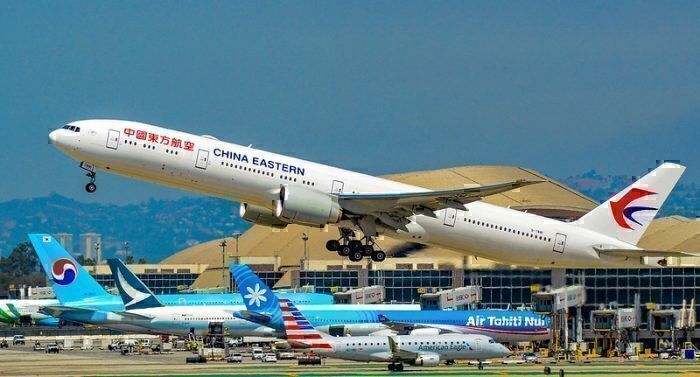How quickly can you fly around the world using regularly scheduled commercial flights? The quickest it has ever been done might be longer than you think.
Most people that decide to buy an around the world ticket look forward to exploring new and exciting destinations as they fly from one continent to another. They also, for the sake of savings, tend to fly with airlines that all belong to the same airline alliance, usually choosing OneWorld, Star Alliance or Skyteam.
This was not the case with Etihad Airways executive Andrew Fisher, who last year decided to see how fast you can fly around the world using regularly scheduled commercial flights.
The 42-year-old native New Zealander set the record for the fastest around the world flight in January 2018 starting and ending his journey in Shanghai.
You need to get as close as possible to antipodes
Working as Etihad's vice president of fleet planning, you have to assume that Andrew had meticulously studied the route before setting off on his record-breaking trip.
One of the stipulations in the Guinness Book of Records for achieving the fastest around the world trip using commercial airlines is that you need to get as close as possible to antipodes (opposite points on the globe) in order for it to qualify as an around the world trip.
Aviation website One Mile at a Time describes the rules for the world record trip as being:
A circumnavigation crossing the equator must be made. It is not necessary to visit the exact antipodal points, but airports nearest them. For this record, an allowance of 5° is permitted, so if the co-ordinates north and south are the same, the east plus that west equals 180°, then that north might be, for example, 45° and that south anything between 40° and 50°. Alternatively, that north might be 51° and that south 53°, in which case that west plus that east can equal between 177° and 183°. Being in a plane which lands at the airport, but not having to change would not be acceptable.
Flights through Auckland and Buenos Aires are the most popular
In Andrews’s case, the first leg of the journey and the start of the stopwatch was when he departed Shanghai for Auckland with Air New Zealand. From Auckland, it was on to Buenos Aires again flying with Air New Zealand. Once in Argentina, he switched airlines choosing KLM to take him to Amsterdam and then China Eastern Airlines on to Shanghai.
What makes this world record difficult is the antipodes rule and the reason why the two previous record holders flew via Auckland and Buenos Aires.
Despite meticulous planning, all kinds of things can go wrong
When being interviewed following his record-breaking trip by Traveller.com Andrew admitted that he had been thinking about the trip for 20 years.
"I have had a passion for aviation from when I was a kid and used to spend hours as a teenager reviewing airline route networks and timetables," he said. "When I saw this world record category existed, I immediately felt I could beat it."
"The planning took a long time," says Fisher. "Essentially to ensure the flight timings, routings and transits are kept as tight as possible and there was only a short window of opportunity for this to happen."
Despite meticulous planning, all kinds of things can go wrong. Planes can develop mechanical problems, be delayed or even canceled. Weather too can be an issue you need to think about when deciding what time of the year to travel.
"I was fairly confident, but airline operations are so dependent on external factors and influences that you can never tell. Inbound aircraft delays, technical faults, weather, air traffic control congestion etcetera can all affect on-time departures and I didn't have much of a buffer."
At the end of the day, Andrew’s plan paid off with him beating the previous world record by two-and-a-half hours, completing the journey in 52 hours and 34 minutes.
While elated after having broken the record, Andrew admitted that the journey was more difficult than he had thought.
"I was flying continuously except for my two-hour transit in Auckland, one-hour transit in Buenos Aires, and 2.5-hour transit in Amsterdam," he said. "I was over-exhausted when I arrived back to Shanghai and, while I drank a lot of water and juice to keep hydrated, my skin had gotten quite dry."
It seems unlikely that this record will be beaten anytime soon, but who knows; if airlines start flying supersonic planes again anything is possible.




